“Hey Eve! Check this shiny apple! It’s crunchy ánd juicy! Better yet, it’s all yours.” Advertisements have been around since the treacherous snake tempted Eve into biting that apple from the Forbidden Tree in the Garden of Eden. Even the ancient Egyptians, Greeks and Romans knew how to draw in potential customers. They mainly did so with billboards and… town-criers.
Since the dawn of advertising, man has been the most important carrier of commercial messages. Billboards, posters, radio ads… Every brand has their favourite medium and humans have been making a comeback as the ultimate communication carriers. Mainly because of the ultra quick evolution of technology, the increasingly critical eye of consumers and peer-to-peer advertising.
Human billboard
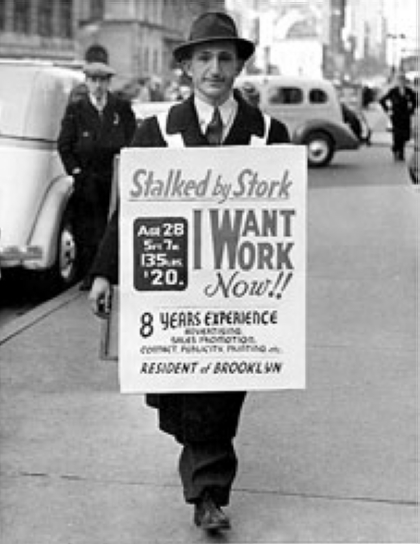
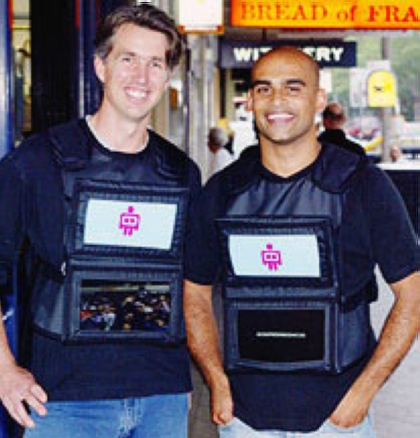
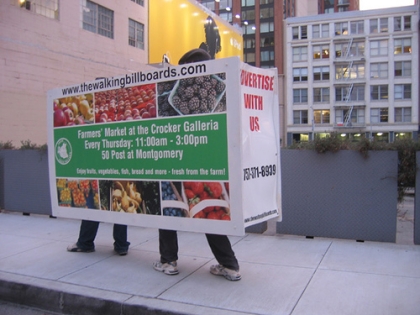
On the one hand there’s man as a communication carrier, on the other hand there’s man as the face of a campaign. More and more human body parts are being used as communication devices. Everyone remembers the woman who tattooed the link to a poker website on her forehead, right? But do you remember her Australian counterpart: the Vodafone streaker? Stunts like that gave Vodafone free publicity in almost every British, Australian and New Zealand newspaper and a front page on The Times plus airtime on CNN. This form of communication has been around for a bit, but what’s more important these days? The message or the carrier?
People in today’s society aren’t just the carrier but also part of the campaign. Without them there’s no communication.
One of the most important examples of this is actor Justin Long’s career switch from movies like Jeepers Creepers to Mac ads. He’s mainly known for his work as the personification of the Mac brand in the globally recognisable ‘Get a Mac’ commercials. A risky career move that certainly paid off in the end. His image, face and allure are now Apple’s main image carrier. Hope he got all his virus shots, though. It’s not just famous people that make the cut. Average Joes and groups often play a big part in communication campaigns as well. We’re spoilt for choice with recent examples.
The consumer strikes back



People aren’t just carriers in a campaign but as a consumer they also become communication carriers, in a negative or positive way. That’s what McDonald’s found out some time ago on the Internet. A watchful consumer discovered some subliminal ads that the burger chain had planted in an American cookery show. To record and upload the evidence to the Internet only took a few seconds, and for it to go viral takes took about the same amount of time. The TV network issued a statement saying the ad was caused by a human error.
Sony also got a taste of that kind of ‘free publicity’. Disgruntled customers often don’t have big organisations or platforms at their disposal to voice their – negative – opinions. So some angry people started up an advertising boycott that spawned online success. In a few days time, Sony’s guerrilla campaign obtained a different meaning. Every part of graffiti Sony had applied was vandalised and accompanied by some harsh words.
The more you get, the more visible you get?
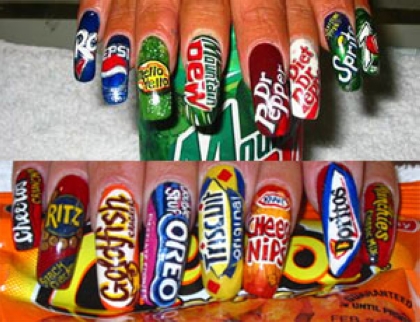

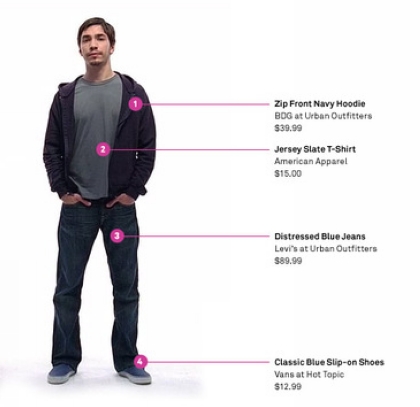
Nothing is safe these days. A statue, a billboard, a tram… Every single one of these objects have fallen prey to ‘throwie’ attacks. This fad came from the US and is on the rise in The Netherlands and Belgium. A throwie, which is an L.E.D. light attached to a piece of double-sided tape, is thrown at a random object. The bigger the amount of throwies (and throwers), the bigger the effect of course.
Did you BLA?
When do advertisements become subliminal? Subliminal communication means communicating in such a way that the human mind doesn’t consciously process the message. Communicating ‘sub limen’ (Latin for ‘under the threshold’) of the mind. You’re shown a message but not long enough for the brain to consciously ‘see’ it. In the case of television, a commercial is subliminal when it’s shorter than 1/24th of a second. The effect of this form of communication is limited and short-lived.
Near the end of the 70’s, an American TV station was granted permission by the local police to air a subliminal message. The message was an attempt to get a murderer to surrender himself to the authorities. In less than a second, it showed a portrait of the killer accompanied by the message ‘now call the police’. It didn’t work. A least not right away. Eventually, he was caught. In 2005.





